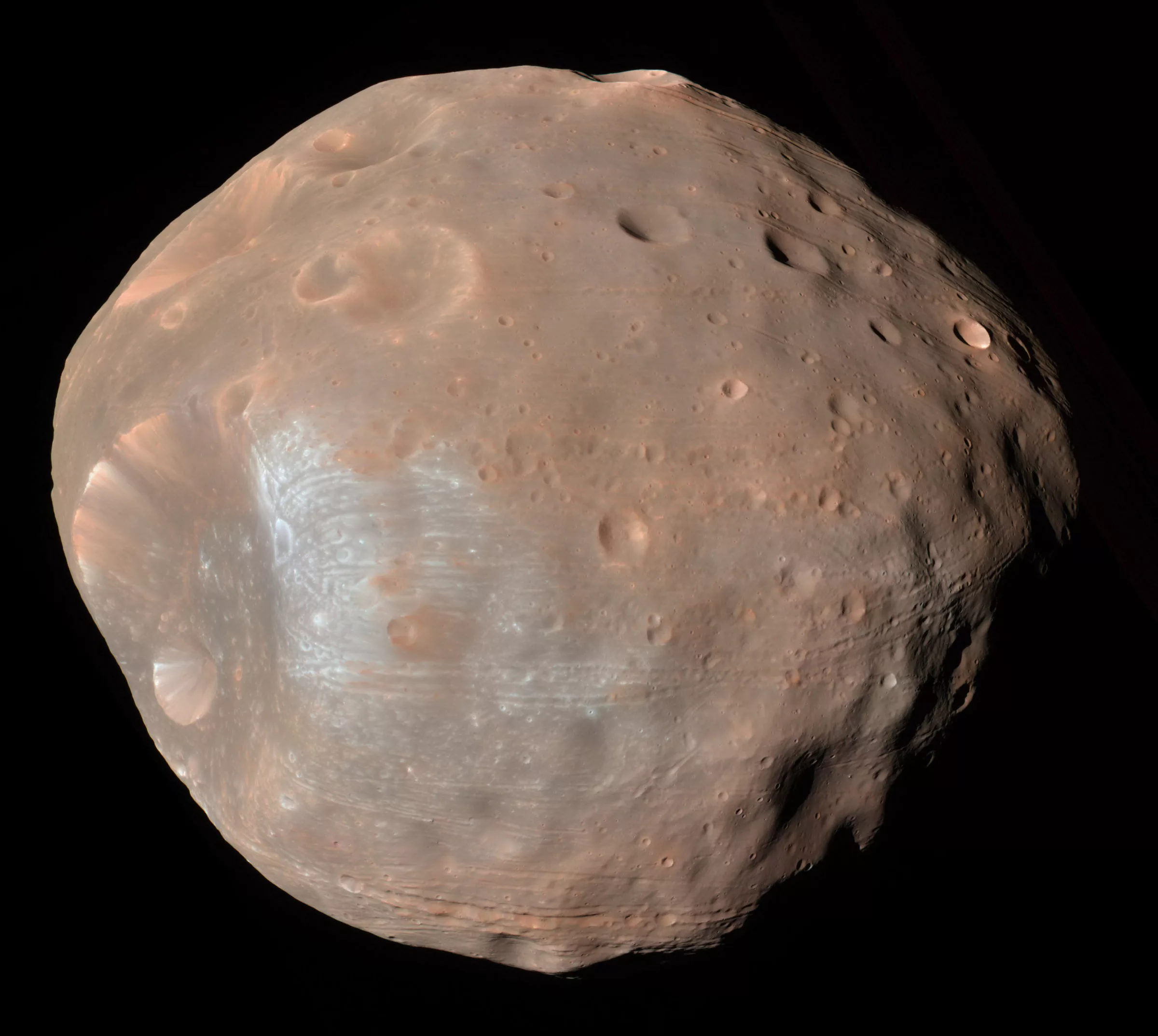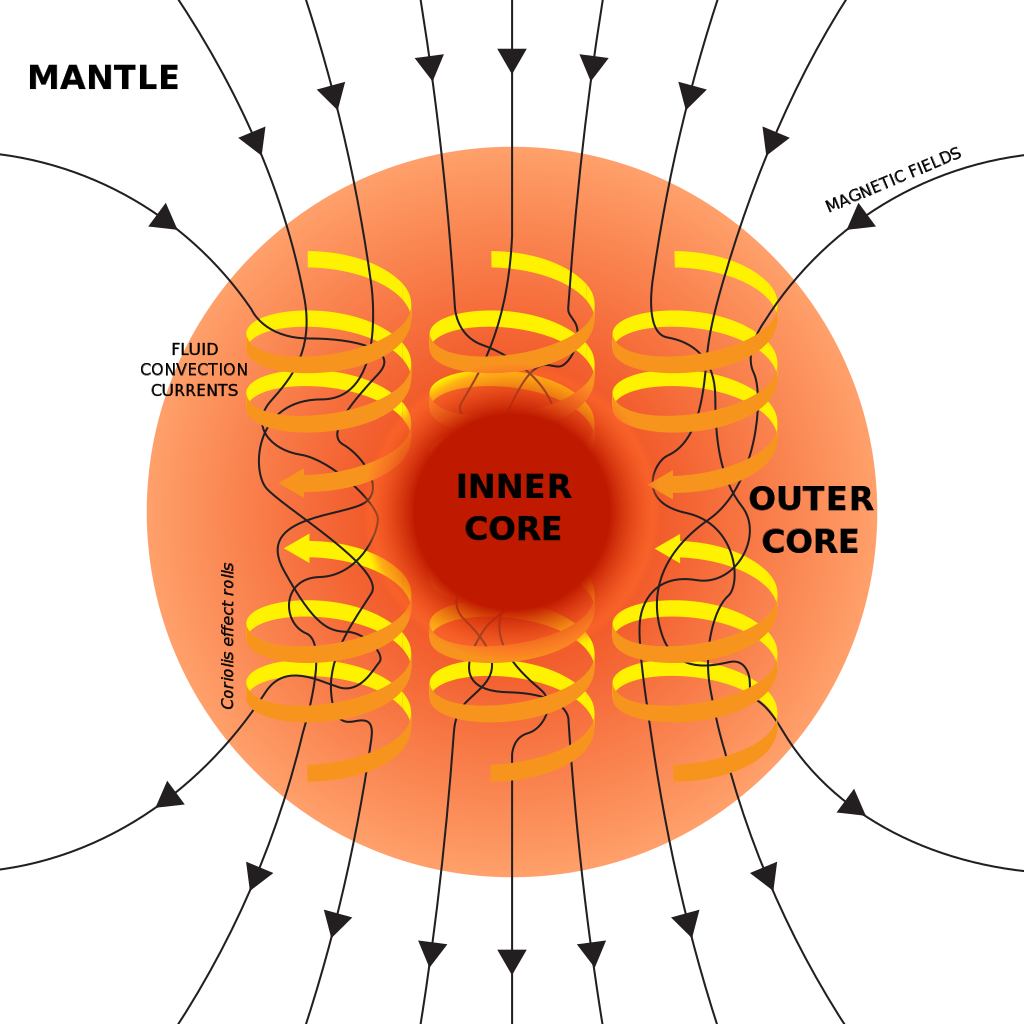Fascinating, Victor! I especially like that you have figured out the RGB values of Phobos in the APOD:VictorBorun wrote: ↑Tue Aug 01, 2023 12:57 ampixels in this APOD's Phobos are like RGB = 115 125 137 of 255, far too bright for albedo 0.071, or 18 of 255
In the same time Mars's clouds at grazing angles should be as white as they are presented, so you can not just darken the whole picture to get an accurate velvet-black Phobos
PhobosMars_MarsExpress_1500 Phobos-.jpg
So the ARG values of Phobos in the APD is R = 115, G = 125, and B = 137.
Such an RGB value would actually make Phobos bluish (since the B value is higher than either R or G). And it does look bluish in the APOD! We can be sure that this is not correct. Almost all asteroids and asteroid-like bodies in the solar system are either dull gray or reddish:
This gray-and-red dichotomy is particularly noticeable in Pluto's giant moon Charon:John Hopkins Applied Physics Laboratory wrote:
Many airless rocky bodies, including Arrokoth, appear dull gray to rusty red thanks to cosmic and ultraviolet rays that hit the surface and “toast” any organic, carbon-based materials, “much like the stuff you burn in your kitchen,” he explained. The rays also smelt the rock, forcing up tiny dark-red iron crystals just a few billionths of a meter long.
We have very good reasons to believe that Phobos is reddish, and it is, too.
The Planetary Society wrote about the color of Phobos in the Mars Reconnaissance Orbiter image:
The color is from infrared, red, and blue-green channels on the camera, so it represents light shifted slightly longer in wavelength than human eyes can see, which emphasizes subtle colorations on the moon. The color view shows that the material surrounding the giant crater Stickney (on the left side of the moon) appears gray while the rest of the moon appears reddish. The grayer material is likely fresher material. From this vantage point Phobos appears about 21 kilometers (13 miles) in diameter. (The irregularly-shaped moon has a minimum diameter of about 19 kilometers and a maxiumum diameter of about 27 kilometers.)
So the true color of Phobos would be reddish. Or rather, it would be more like pitch black with the barest hint of red! Not like this color,███, but much darker.
Ann




